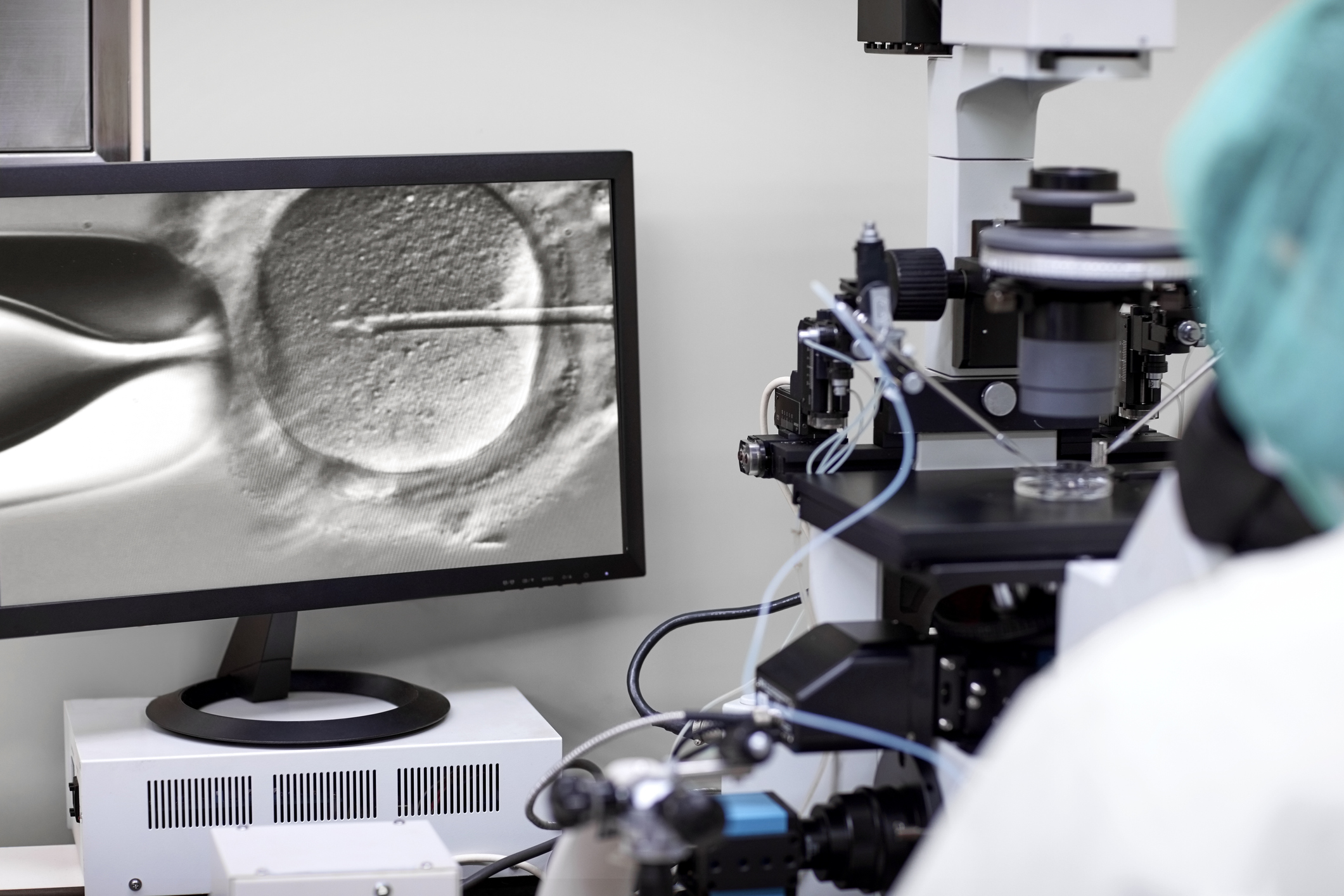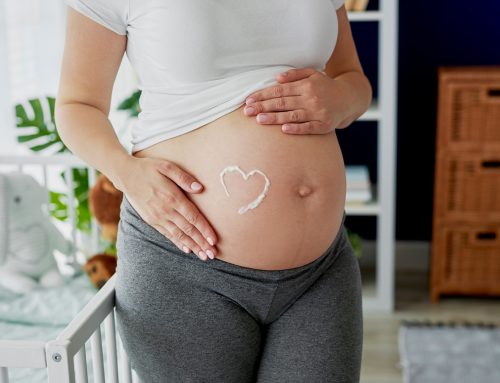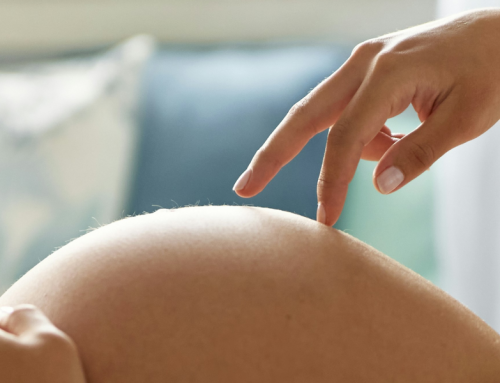- The elective transfer of a single embryo, supported by the implementation of time-lapse technology, has made this improvement possible.
- The average number of embryos transferred has also decreased from 1.35 to 1.04 in IVF with donor oocytes, and from 1.8 to 1.4 in IVF with donor oocytes.
Thanks to the culture of embryos exclusively in time-lapse incubators, embryo transfer has become widespread on day 5 of development, i.e. at the blastocyst stage, instead of day 3. Time-lapse culture enables embryologists to observe important events and characteristics in embryos, characteristics that may be missed by conventional static observations, and to select the embryo with the highest potential for implantation. By transferring a single embryo, multiple gestation rates and the risks associated with this type of pregnancy, including gestational diabetes, pre-eclampsia and premature delivery, are reduced.
CWhat does the reduction of multiple pregnancy rates in in-vitro fertilisation treatments consist of?
Eugin assisted reproduction and fertility centres, have brought down multiple pregnancy rates in in-vitro fertilisation (IVF) treatments using donor eggs from 10-11% in 2018 to 1-1.5% in 2021. In the case of treatments with the patient’s own oocytes, this figure has also registered a notable decrease, so that pregnancies with twins have gone from 15% to slightly less than 5% over the same period.
This improvement is due to the implementation of an elective single embryo transfer policy together with the extensive use of Embryoscope incubators, which employ time-lapse technology and perform uninterrupted monitoring of the embryo through the continued capture of images. This technology makes it possible to observe the evolution of the embryos in the incubators themselves and provides more detailed information, which is of great value to embryologists.
“Previously, it was necessary to remove the embryos from the incubator to observe them under the microscope, define their morphological characteristics and decide on the best time for transfer. We now have incubators with built-in cameras that follow the development of the embryos 24 hours a day and provide us with valuable data for embryo selection”, stresses the director of the Eugin Barcelona Laboratory, María José Zamora.
“By maintaining the same success rates, in three years we have managed to decrease multiple pregnancies and, consequently, the associated risk factors. Our goal is to maximise the safety of our patients without altering their options of having a child”, says Dr. Zamora.
The number of embryos transferred is also reduced
Likewise, the average number of embryos transferred per cycle in 2018, according to data from the registry of the Spanish Fertility Society (SEF) was 1.3 in IVF with donor eggs and 1.6 in IVF with the patient’s own eggs.
At Eugin, this figure was 1.35 for IVF with donor oocytes and 1.8 with donor eggs. In 2021, the average number of embryos transferred decreased to 1.04 and 1.4, respectively.
About Eugin
Eugin is a group of assisted reproduction and fertility clinics with more than 20 years of experience that has recently become part of the German reference healthcare group, Fresenius Helios. Since its opening in Barcelona in 1999, the group has been providing quality care for thousands of patients from all over the world.
Eugin has acquired a strong reputation in the field of assisted reproduction thanks to the implementation of best practices in assisted reproduction techniques based on medical excellence, scientific rigour and sincere commitment that ensures the maximum well-being of patients.
The group offers a full range of fertility treatment options, including the most advanced procedures on the market. Currently, Eugin’s R&D department comprises 25 people who are dedicated to proprietary research through agreements with the best Universities and institutions around the world.






